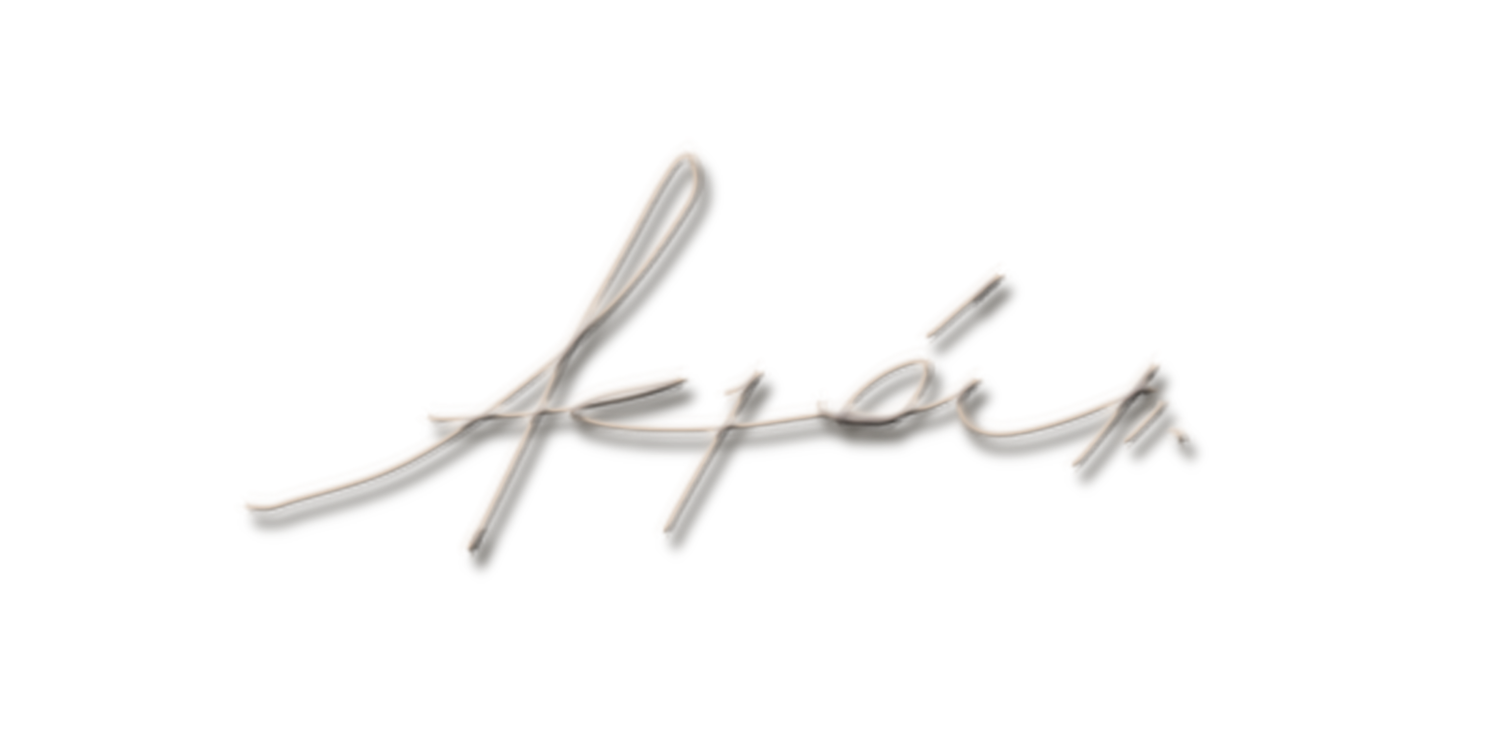Now, let me paint you a picture:
 |
| Run, Edvard! Run for your life!!! |
For a seasoned painter, a white canvas is a wild animal that needs to be tamed. It is an empty road with no speed limit. It is pure emotion, endless possibilities. It is an adrenaline rush, the trigger of that creative force that goes beyond human intellect. An exhilarating feeling trumped only by the accomplishment of the finished piece and the satisfaction of a work well done. The beast has been tamed and you have survived to paint another day.
But for me, a white canvas is not only boring, but mostly just plain annoying. A white canvas is like looking at the sky right after getting your pupils dilated at the eye doctor's office. It is that dreadful glare on your TV that keeps making you adjust the drapes. It is that awfully loud club music that will not let you have a decent conversation. A white canvas is a distraction that needs to be eliminated.
As a painter, one of your jobs is to mimic light through pigments. That job gets even more complicated when you have a light reflecting surface messing with your eyes and therefore, your perception of the pigments being applied on the surface. When using a white canvas, sometimes I found myself going back and reworking values, because once I covered the whole surface with paint, some colors would seem different, either not as light or not as dark as I thought they were.
Even when I got that situation under control, I still did not care that much about white canvases. I have too many related pet peeves, I guess.
I was brought up on the school of thought that works a painting progressively. Every piece of the puzzle gets worked at gradually. But many other people work in a more sectioned way, painting little details, finishing them and then moving on to the next element within the painting. When I used to do this, I often found myself lost in the particulars and the painting as a whole suffered a lack of cohesiveness. While I respect and admire this and every other painting approach, I cannot bring myself to paint a flower and finish it, for example, while leaving the rest of the canvas blank anymore. It drives me nuts!
 |
| Now, this is more like it! |
As you might have probably already figured out, I'm all about demystifying art. As silly as it may sound, all it takes is filling the canvas with a couple of layers of paint and it will instantly look less scary. Once that pristine, immaculate white surface has disappeared, it is no longer a terrifying new white canvas. It is now just another unfinished painting...
Cuz' that's not scary at all or anything...





